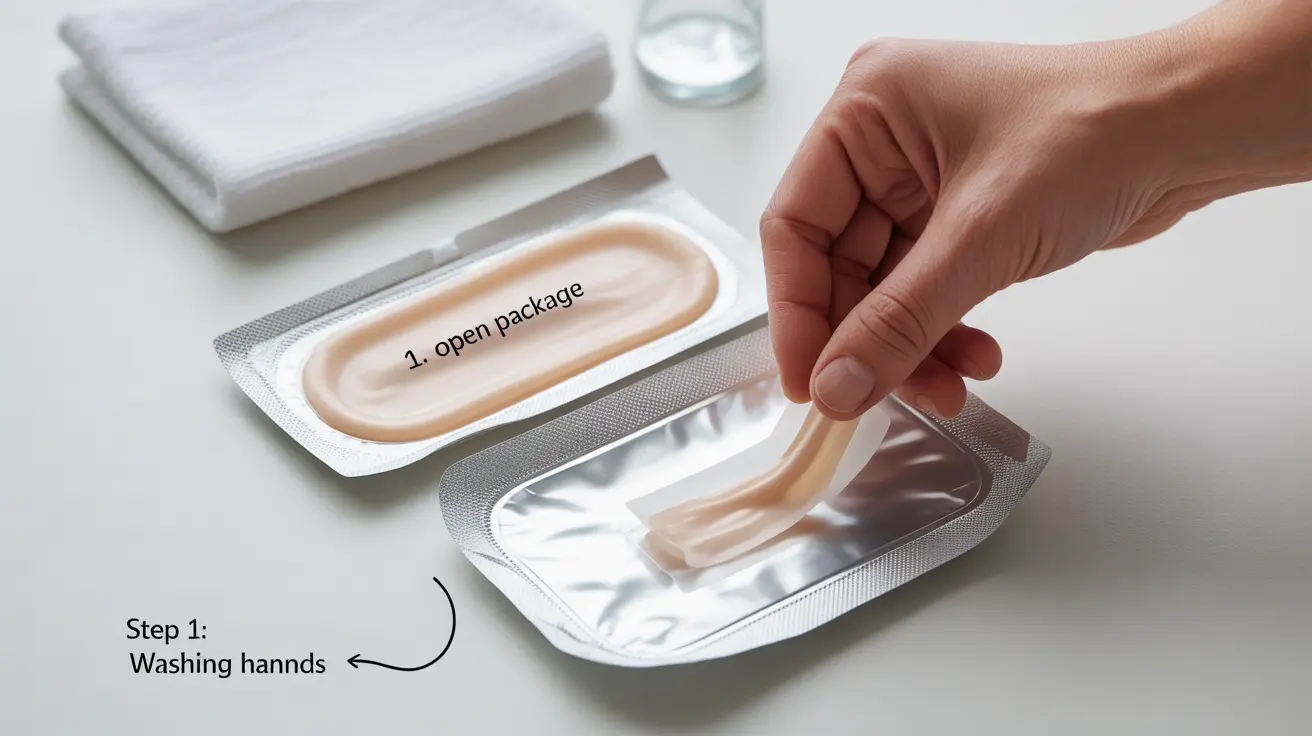Vaginal contraceptive film (VCF) represents a hormone-free birth control option that offers convenience and discretion for those seeking pregnancy prevention. This thin, square film dissolves inside the vagina, releasing spermicide to prevent pregnancy. Understanding how to use this contraceptive method properly is crucial for its effectiveness.
Whether you're considering VCF as your primary birth control method or looking to learn more about your contraceptive options, this comprehensive guide will help you make an informed decision about its use, effectiveness, and safety.
How VCF Works
VCF contains nonoxynol-9, a spermicidal compound that works by preventing sperm from reaching and fertilizing an egg. When inserted into the vagina, the film dissolves within minutes, creating a protective barrier that kills sperm cells on contact. The film's thin, discrete nature makes it easy to carry and use as needed.
Proper Usage Instructions
Correct application of VCF is essential for maximizing its effectiveness as a contraceptive method. Follow these steps for proper use:
- Wash hands thoroughly before handling the film
- Remove one film from its wrapper
- Fold the film in half and insert deep into the vagina
- Insert at least 15 minutes before intercourse
- Wait for the film to dissolve completely
- Each film is effective for up to 3 hours
For continued protection during extended sexual activity or multiple acts, insert a new film for each occurrence, waiting the full 15 minutes before intercourse.
Effectiveness Rates
When used perfectly, VCF has a higher effectiveness rate compared to when used typically. With typical use, the effectiveness rate is approximately 72-82%. This means that out of 100 women using VCF as their primary birth control method for one year, about 18-28 may become pregnant.
To maximize effectiveness, consider combining VCF with other contraceptive methods, such as condoms, for added protection against pregnancy.
Side Effects and Considerations
While VCF is generally well-tolerated, some users may experience certain side effects:
- Vaginal irritation or burning sensation
- Increased vaginal discharge
- Urinary tract infections
- Partner irritation
If you experience persistent discomfort or severe reactions, discontinue use and consult your healthcare provider.
Advantages and Limitations
Advantages
- Hormone-free option
- Easy to carry and store
- Available without prescription
- Can be inserted well before intercourse
- No lasting effects on fertility
Limitations
- Lower effectiveness compared to hormonal methods
- Must be planned ahead
- Cannot be used during menstruation
- Doesn't protect against STIs
- May cause irritation in some users
Frequently Asked Questions
How do you properly use vaginal contraceptive film (VCF) to prevent pregnancy?
Insert one VCF deep into the vagina at least 15 minutes before intercourse. The film must completely dissolve before sexual activity begins. Each film remains effective for up to 3 hours, and a new film must be used for each act of intercourse.
How effective is VCF compared to other birth control methods?
VCF is approximately 72-82% effective with typical use, making it less effective than hormonal methods like birth control pills (91% effective) or IUDs (99% effective). For increased protection, consider using VCF in combination with other contraceptive methods.
What are the common side effects or risks of using vaginal contraceptive film?
Common side effects include vaginal irritation, burning sensations, increased discharge, and potential urinary tract infections. Some users or their partners may experience sensitivity to nonoxynol-9, the active ingredient.
Can VCF protect against sexually transmitted infections (STIs)?
No, VCF does not provide protection against STIs. While nonoxynol-9 may kill some bacteria, it's not reliable for STI prevention. Use condoms for protection against sexually transmitted infections.
Who should avoid using vaginal contraceptive film and why?
Individuals with sensitivity to nonoxynol-9, frequent urinary tract infections, or vaginal infections should avoid VCF. Those at high risk for HIV should also avoid this method, as frequent use of nonoxynol-9 may increase HIV transmission risk.
Remember to consult with a healthcare provider before starting any new contraceptive method to ensure it's appropriate for your individual needs and circumstances.




